Description
Plastiline clay, sometimes spelled “Plasticine” or “plastilina,” is a non-drying modeling clay commonly used in arts, crafts, and stop-motion animation. It is a versatile material prized for its pliability, smooth texture, and long-lasting usability. Here’s a closer look at what it’s made of, its properties, and its uses.
Composition
Plastiline clay is typically made from a blend of ingredients:
- Clay powders: These may include kaolin or other fine clays to give the material structure.
- Oils: Mineral oils or other oils are mixed in to keep the clay soft and workable.
- Waxes: Waxes, like paraffin, help the clay hold its shape without drying out and provide extra firmness.
- Fillers: Sometimes, additional fillers like chalk or sulfur are added to achieve the desired consistency and density.
This oil- and wax-based composition is what prevents Plastiline from hardening, even when exposed to air over extended periods. It remains soft and workable, unlike traditional water-based clays that dry and harden when exposed to air.
Properties
- Non-Drying: Plastiline clay never dries out, making it reusable for years if stored properly.
- Non-Toxic: Most Plastiline clays are non-toxic, although they are not intended for consumption.
- Variety of Hardness: Available in different levels of hardness—from soft (easy to shape with minimal pressure) to firm (preferred for detailed sculpting work).
- Color Choices: Plastiline comes in various colors, including classic gray and natural earth tones, or vibrant hues for creative projects.
Uses
Plastiline clay is used in a wide range of fields:
- Sculpture: Artists use Plastiline for creating models and sculptures. It’s a popular choice for figurative sculptors and portrait artists because it allows fine detail work.
- Animation: In stop-motion animation, Plastiline is used to create characters and scenes, thanks to its flexibility and ability to hold shape well between frames.
- Prototyping: Designers and engineers may use it to create prototypes or concept models.
- Mold-Making: The clay is also commonly used to make molds for casting materials, such as plaster or silicone.
- Education: Teachers use it for hands-on learning activities, as it helps students understand three-dimensional form.
Tips for Use
- Storage: To prolong its lifespan, keep Plastiline clay in a cool, dry place, away from dust and direct sunlight.
- Texturing Tools: Use sculpting tools, brushes, and even household objects to add texture and detail to your projects.
- Heating and Hardness: Warm the clay slightly with your hands or a gentle heat source to make it more pliable if it’s too firm to work with comfortably.
HG40 = very soft, softening at 39-41°
HG50 = soft, softening at 48-52° C
HG55 = standard, softening at 52-56° C
Fun Fact
Plastiline’s origins date back to the late 19th century, invented by an art teacher in England to replace clay that would dry out too quickly. Its durability and flexibility have made it popular for over a century. Overall, Plastiline clay is a reliable and versatile medium for a wide variety of creative projects, from amateur arts and crafts to professional modeling.

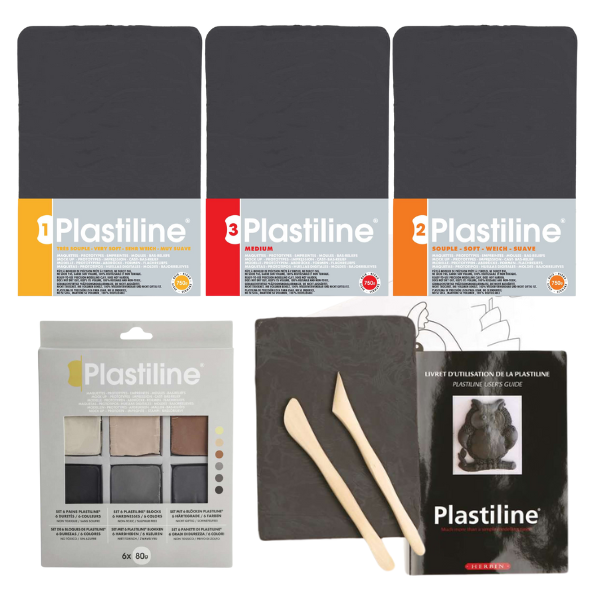
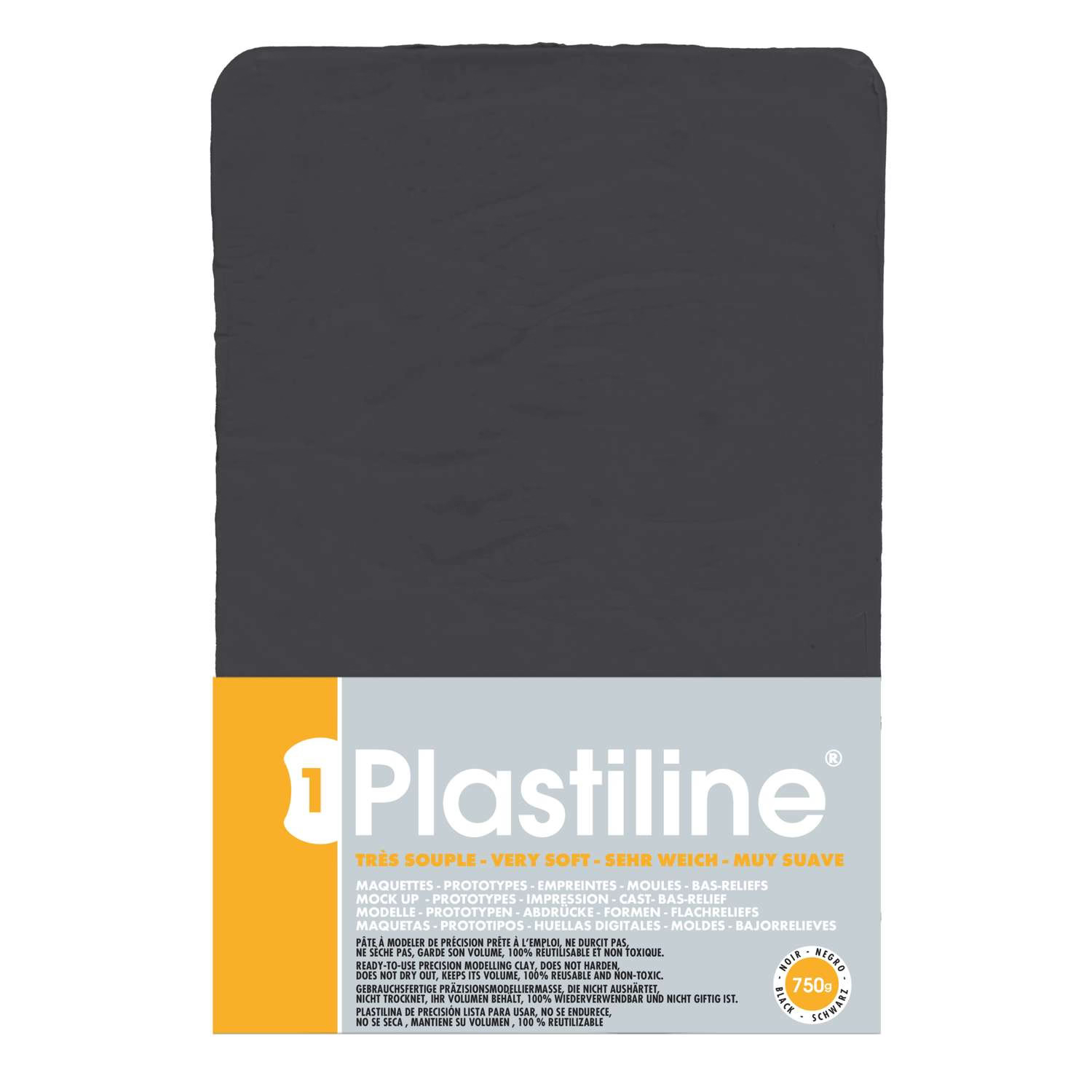
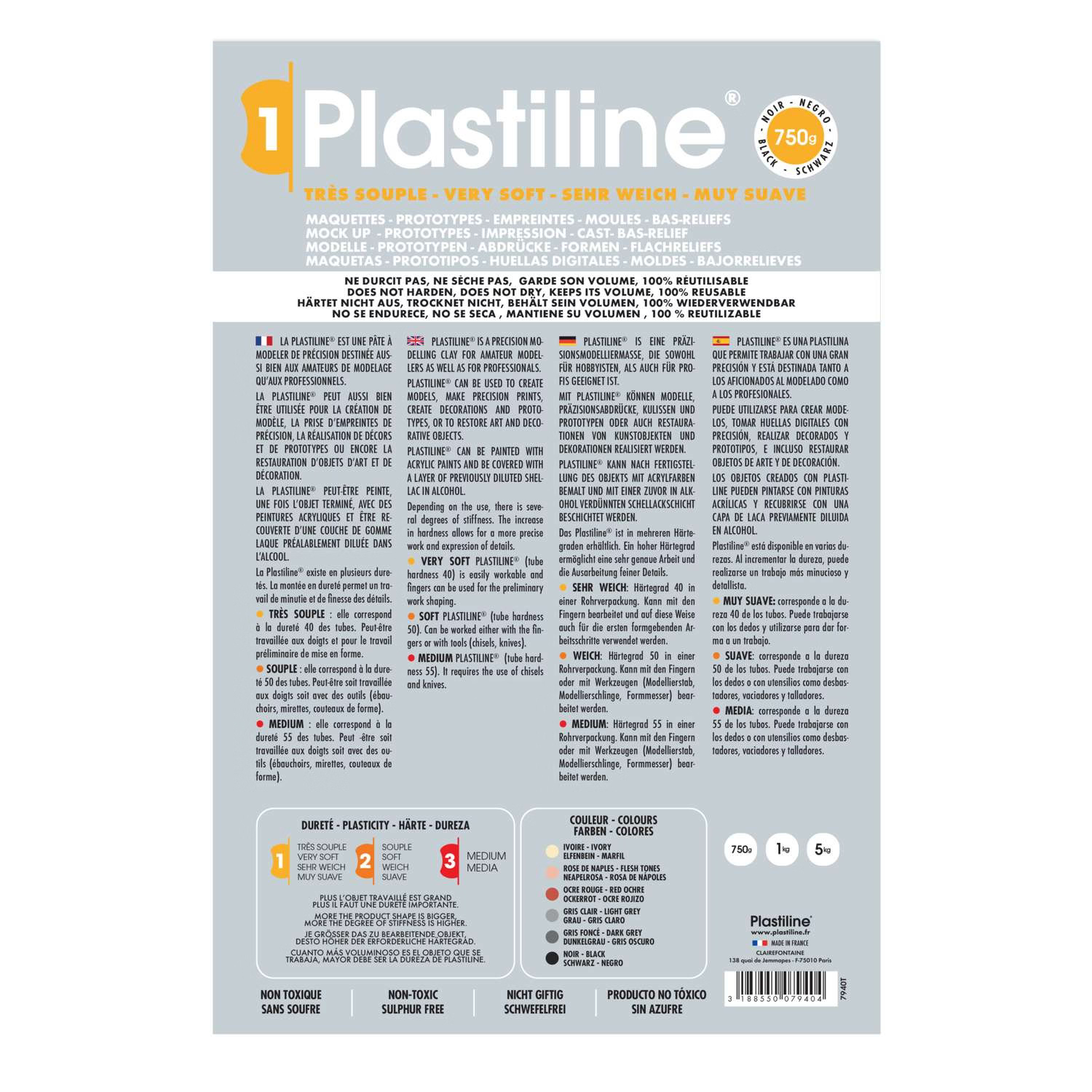
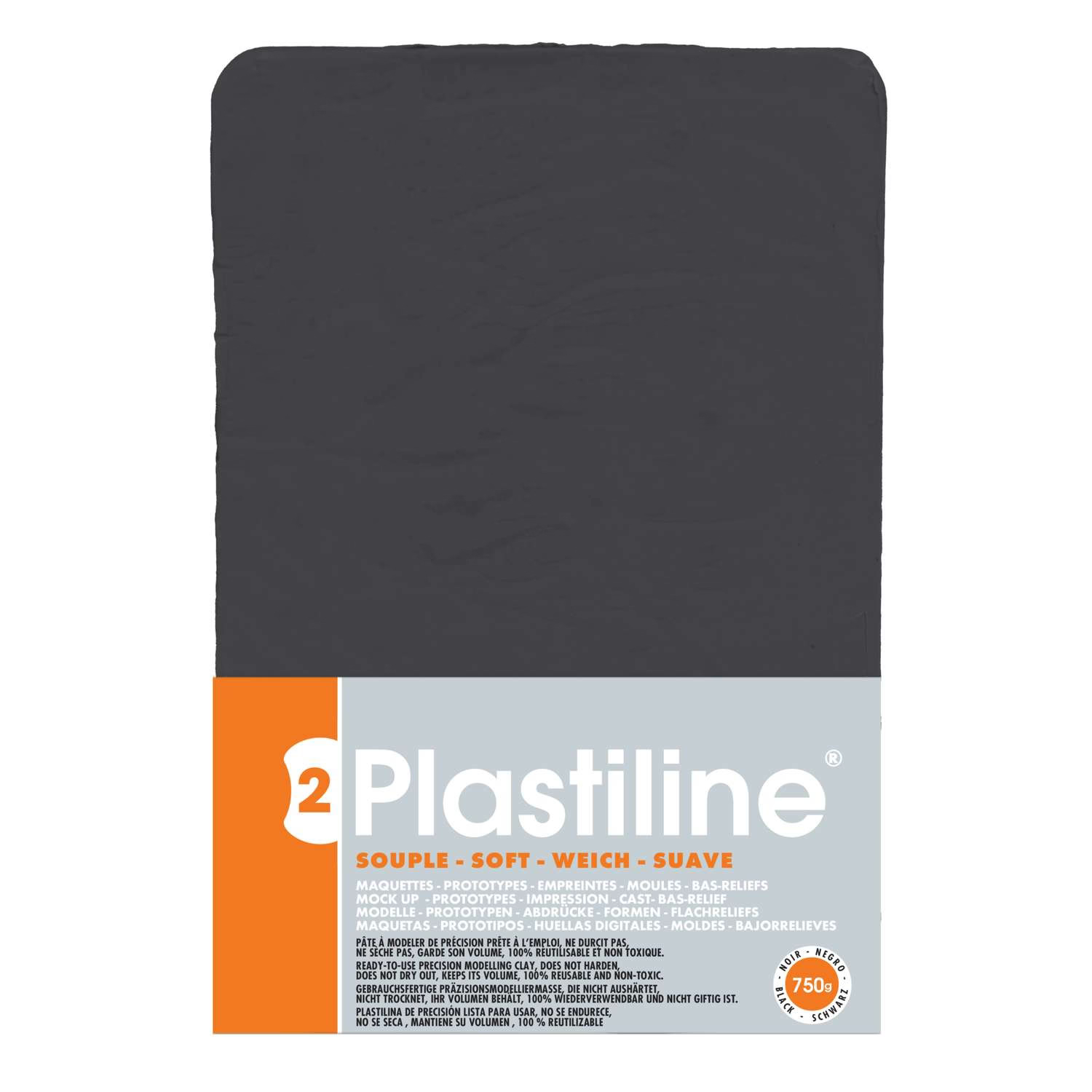
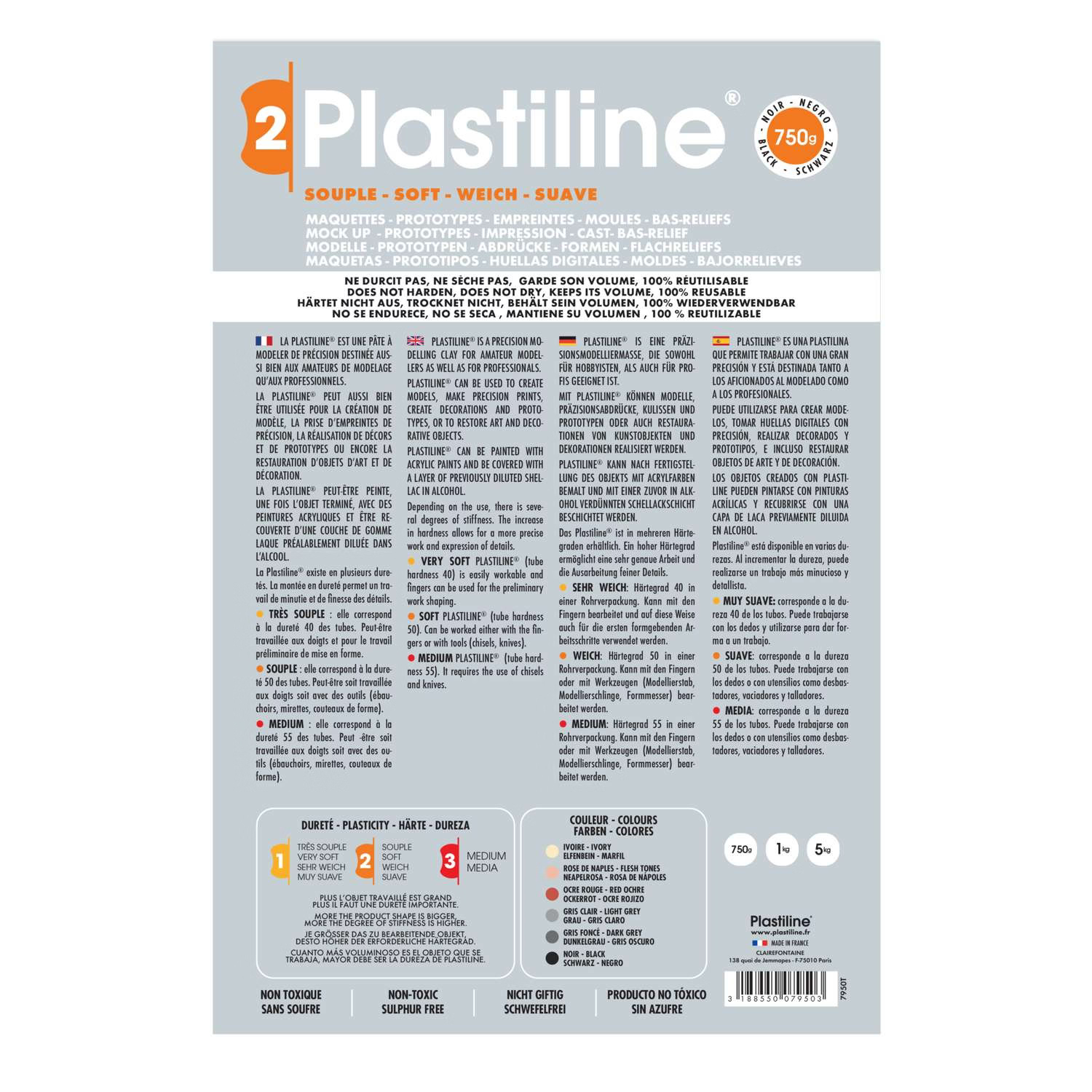
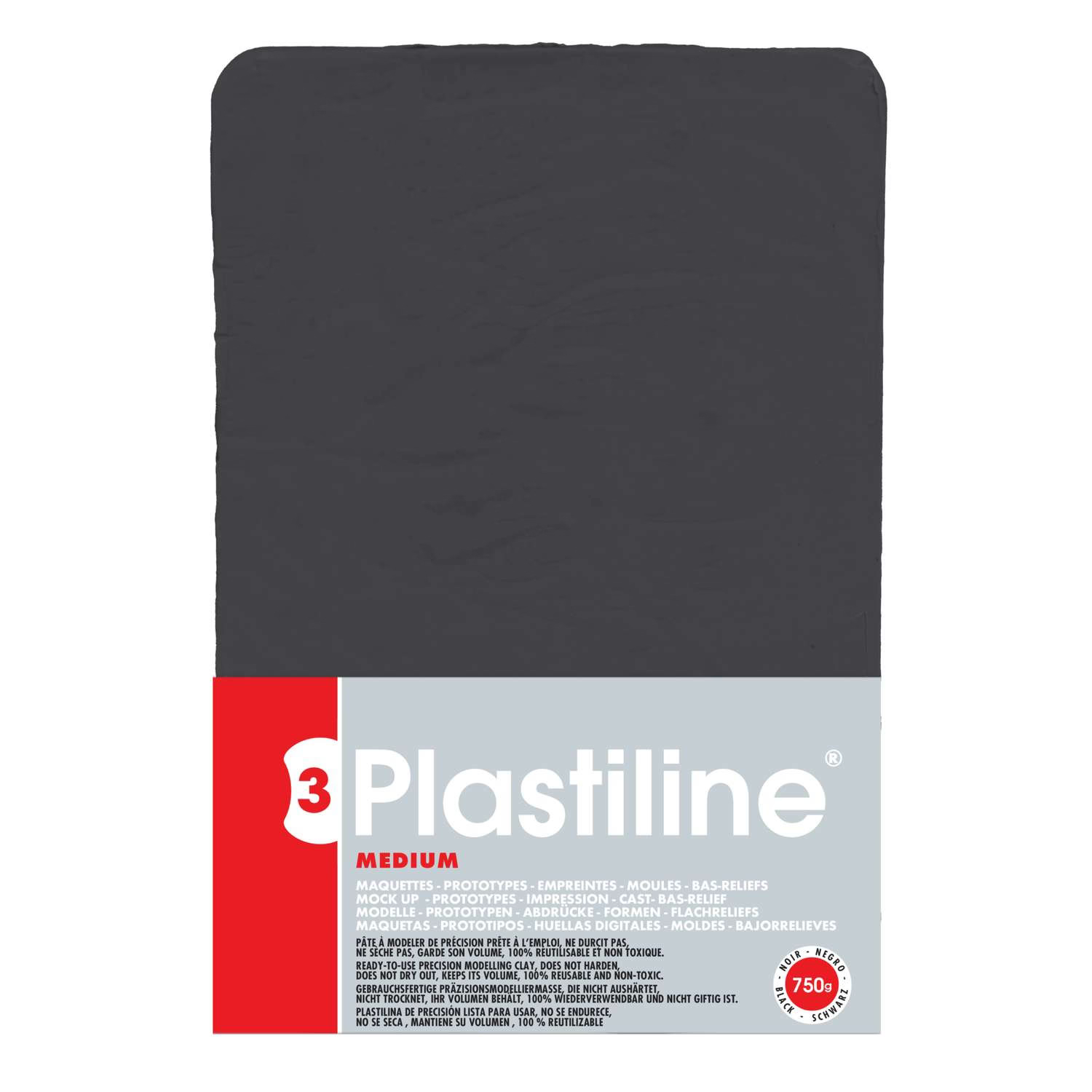
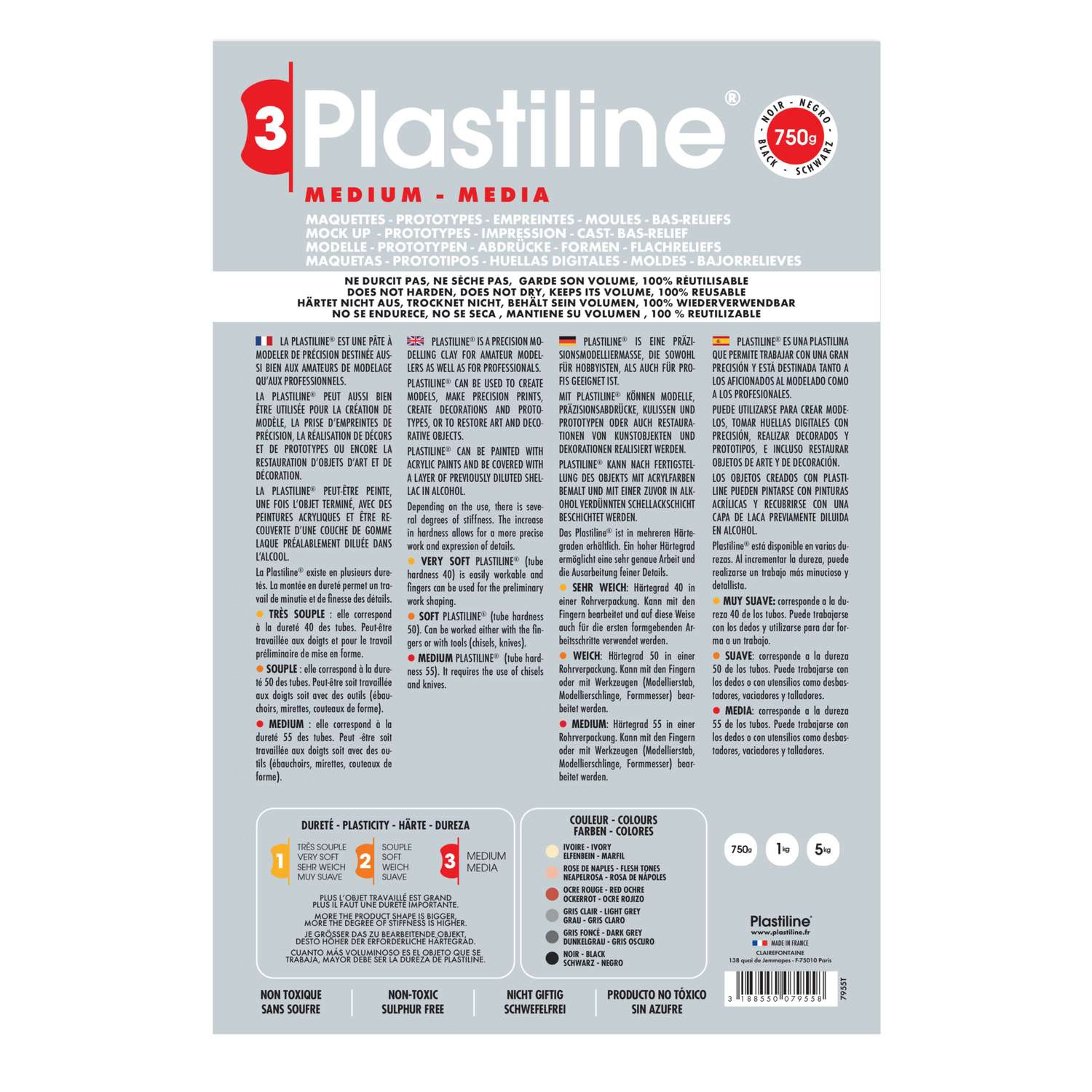
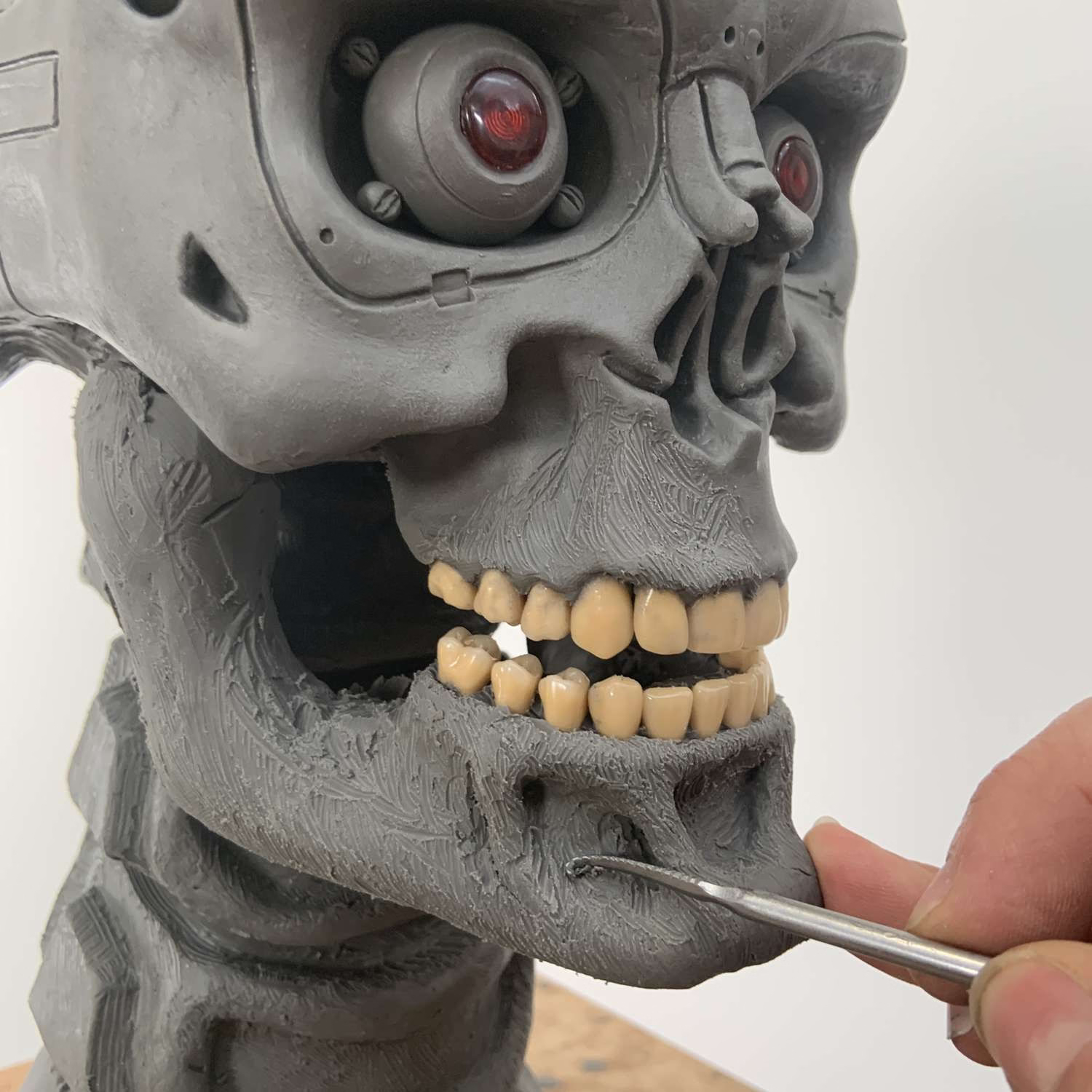
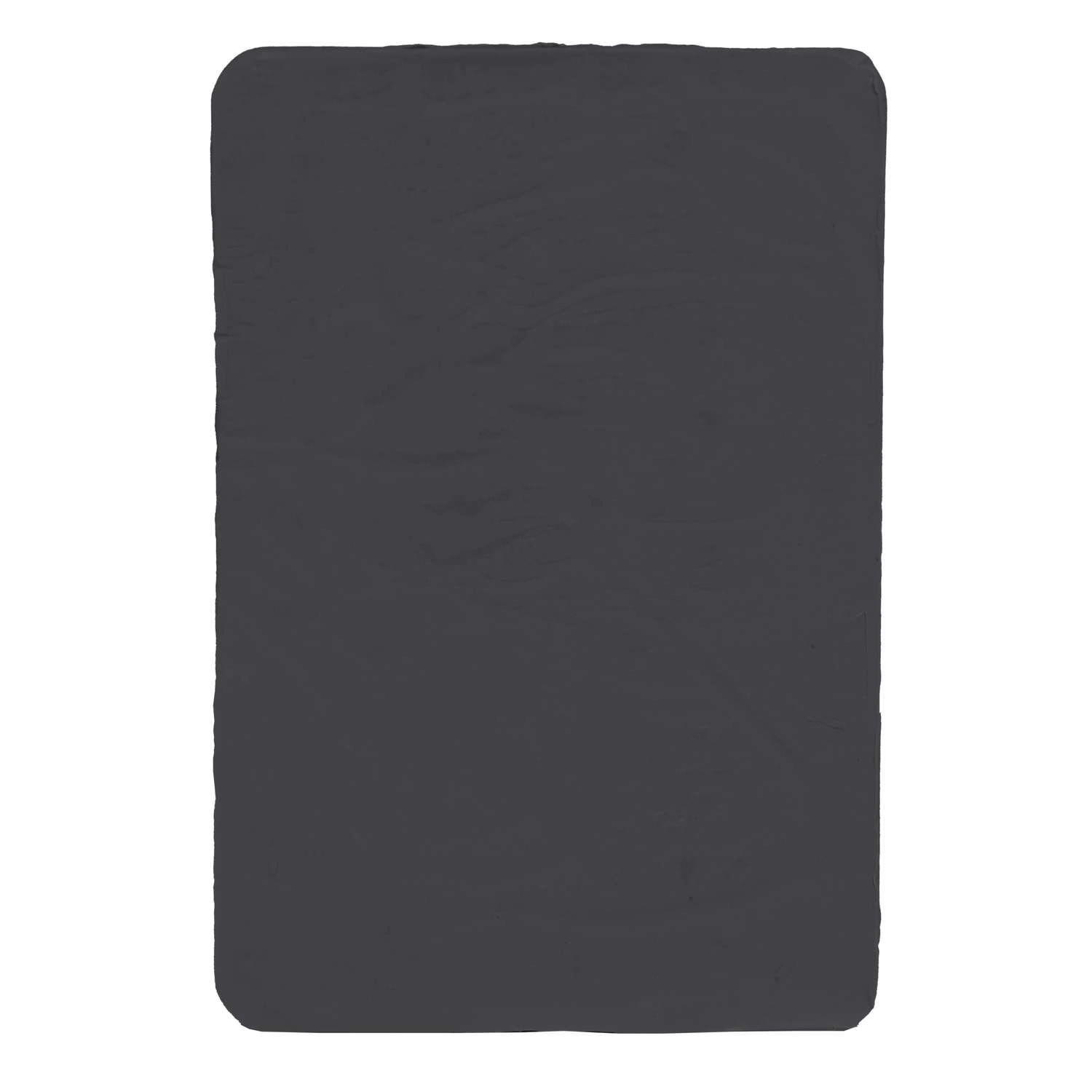
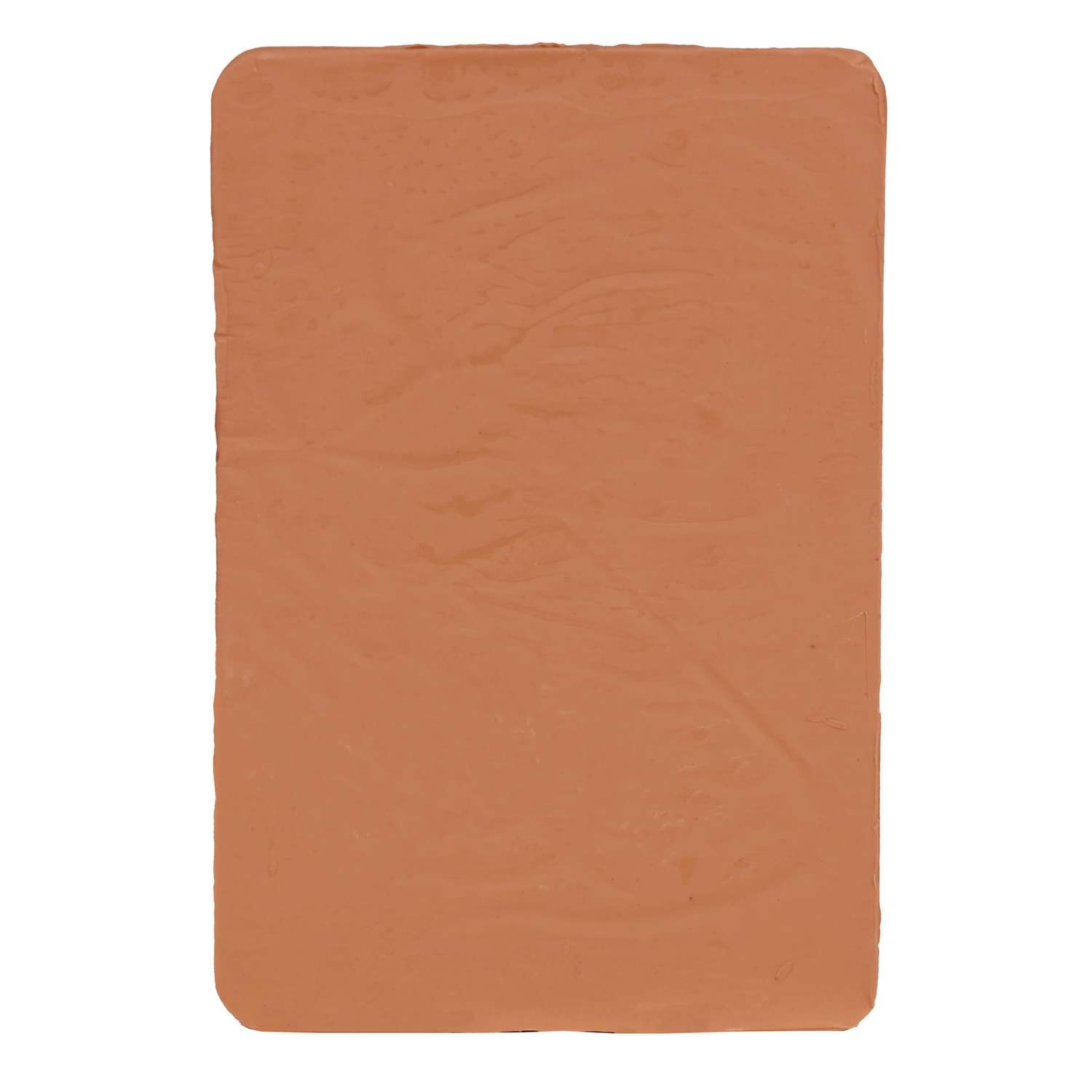
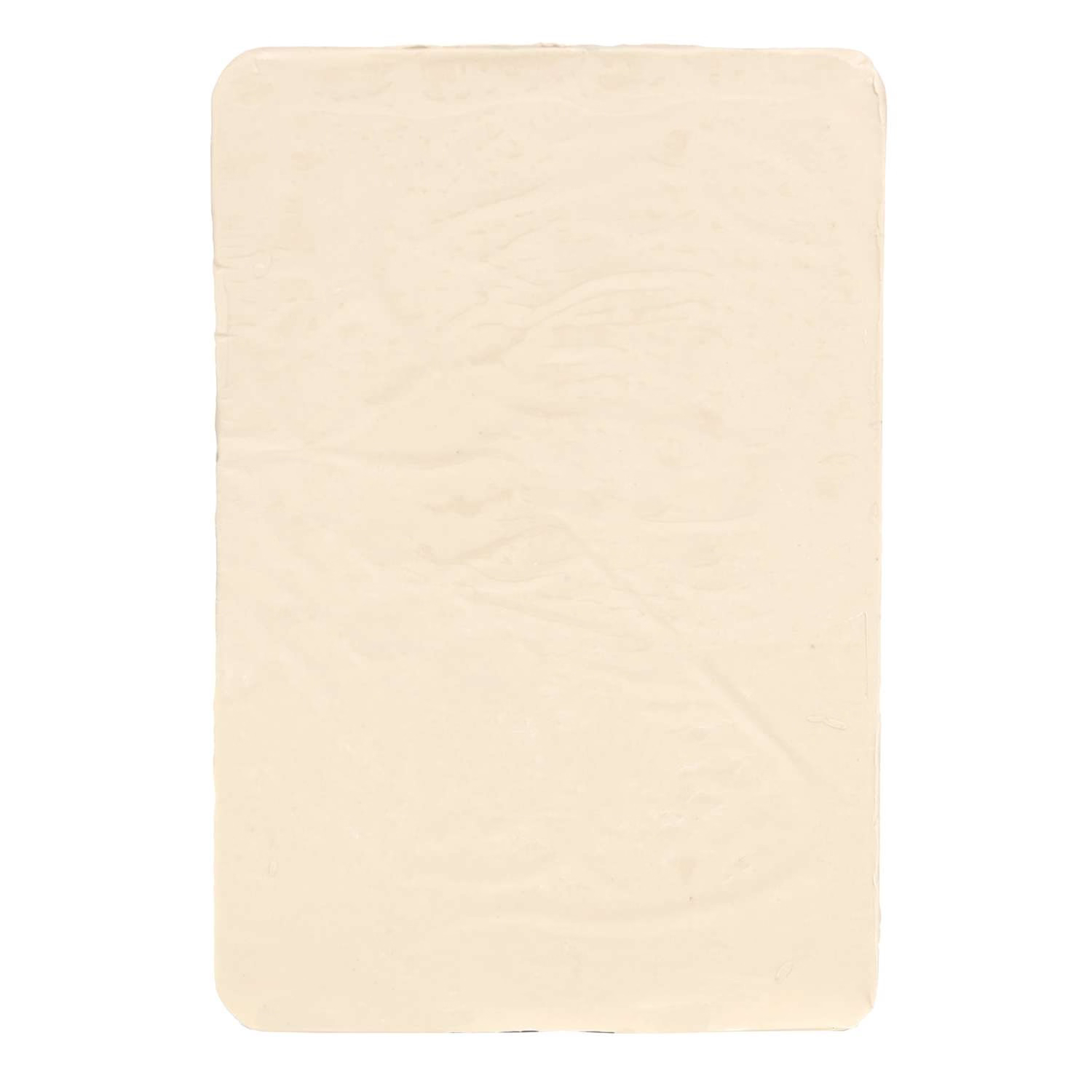
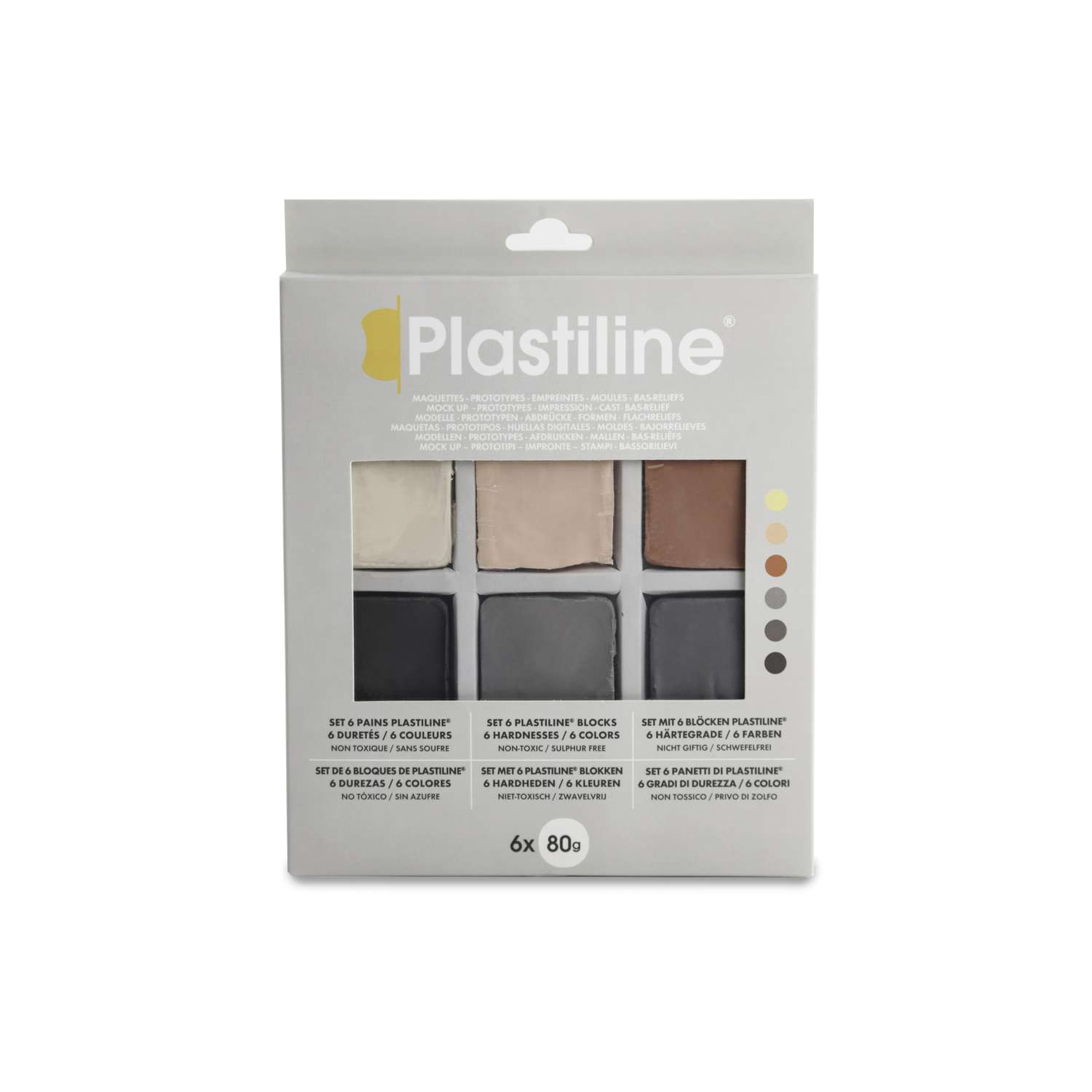
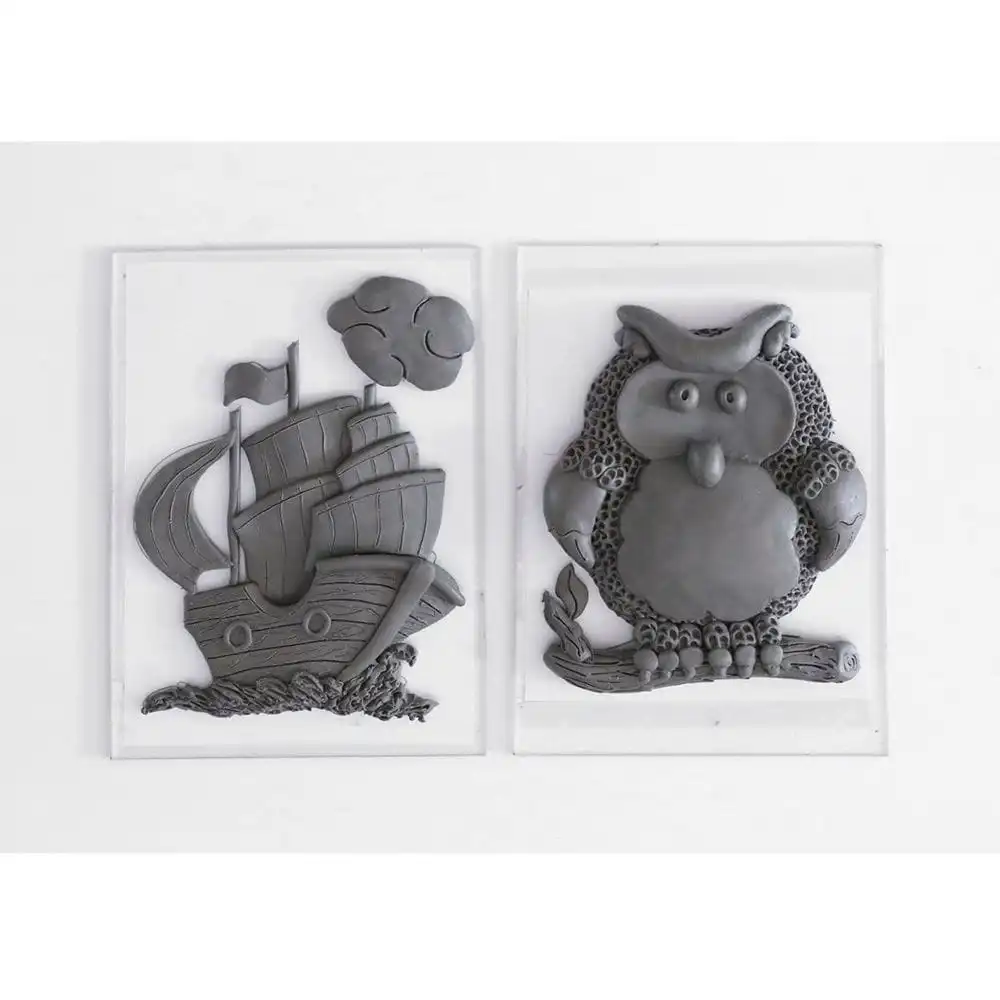
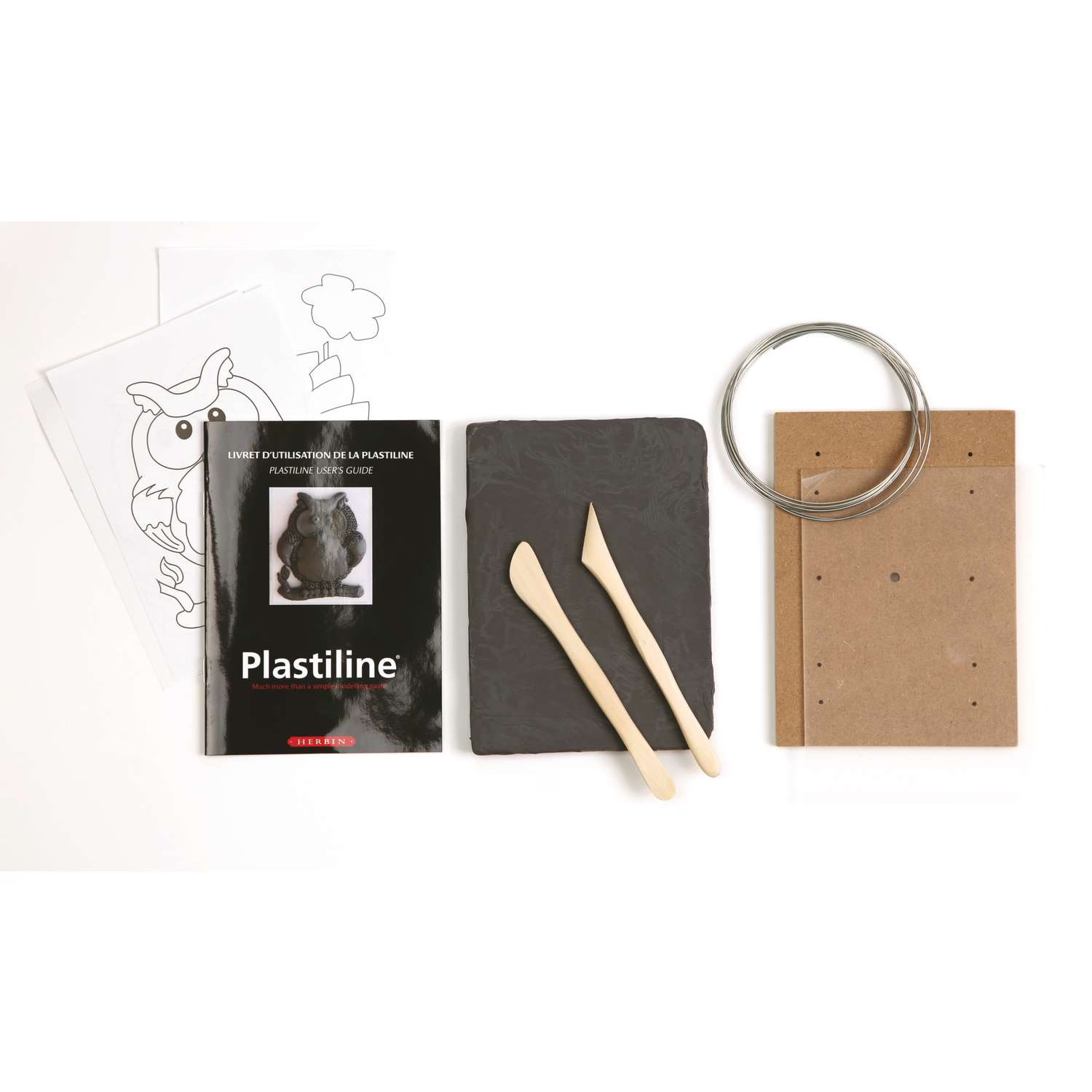
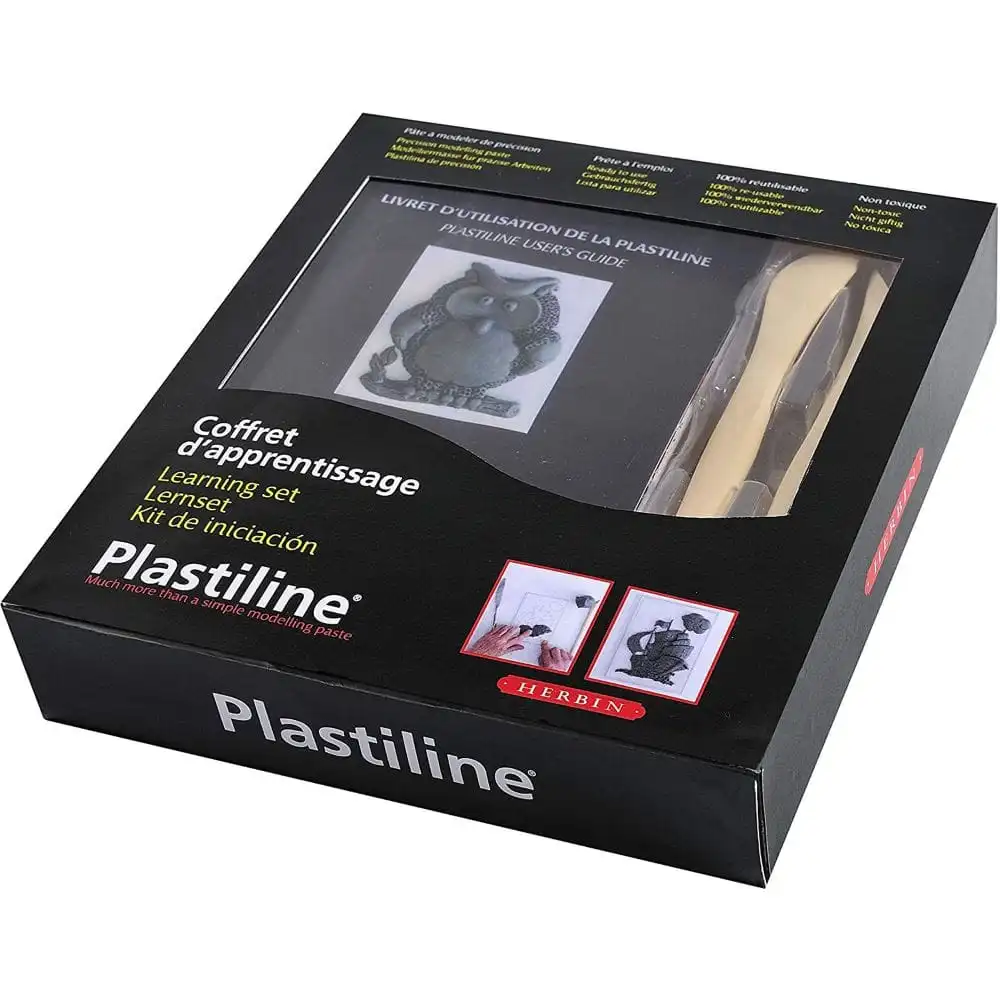
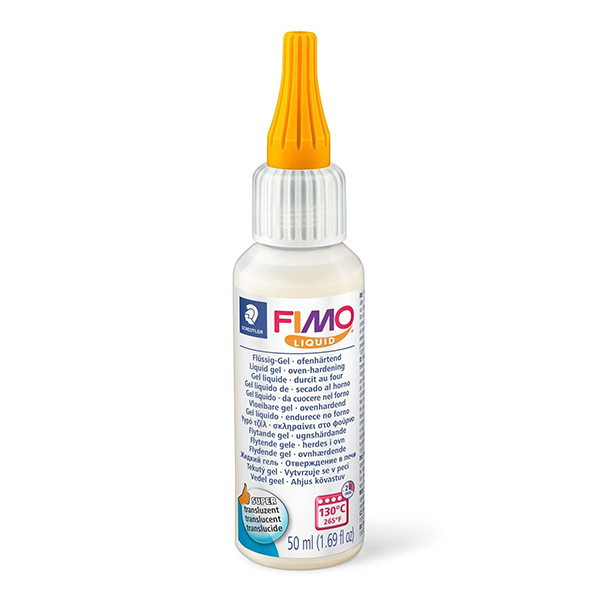
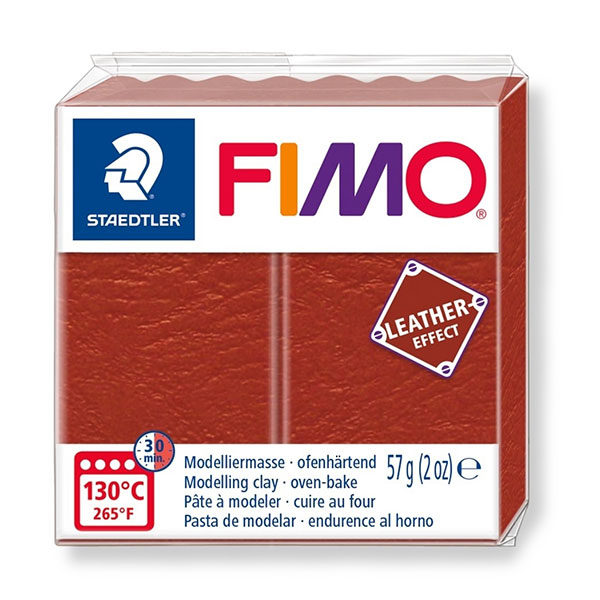


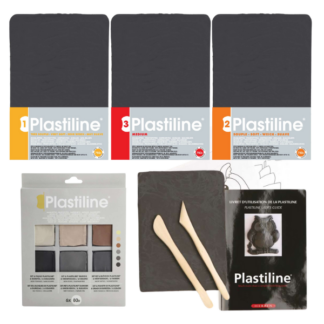

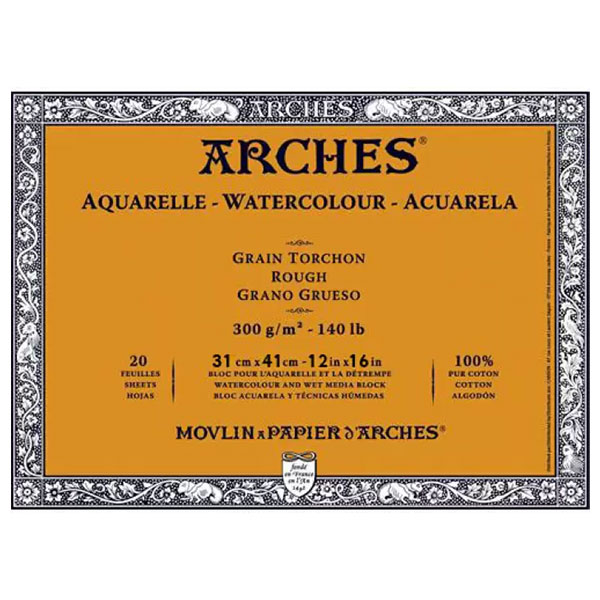
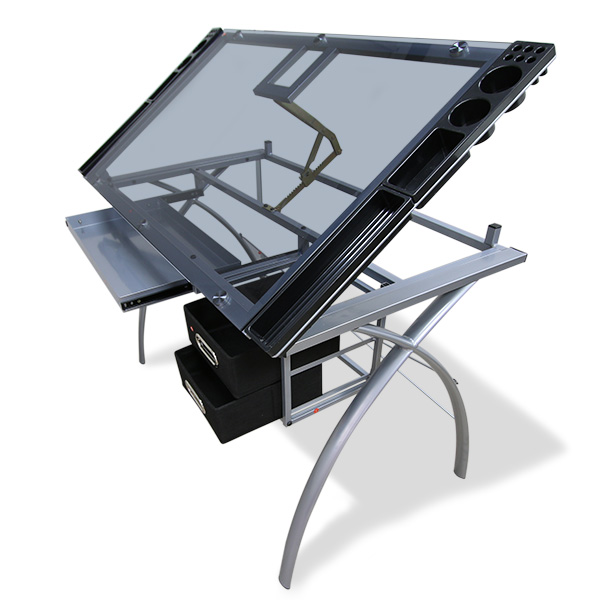

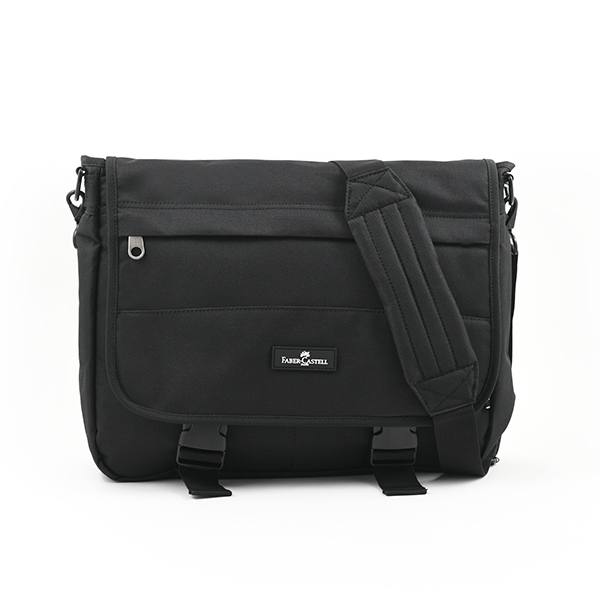
Reviews
There are no reviews yet.